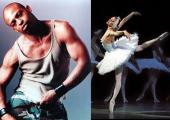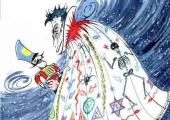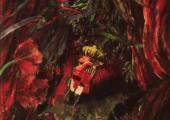The Snow Queen, English National Ballet, London Coliseum

Prokofiev trumps Michael Corder's too conventional choreography
If your heart feels frozen while the ice glitters outside, warm it by reading Hans Christian Andersen's sharp, witty and enchanting fairy-tale The Snow Queen, or listen to the best bits of Prokofiev's erratic but often characteristic late ballet The Stone Flower. You could also drag yourself out into the cold to face Michael Corder's full-length choreography based on the Andersen story, selectively fitted to chunks of the Prokofiev score and interspersing them with other lyric highlights of the composer's Soviet period, but that would have to be a third-best option.




